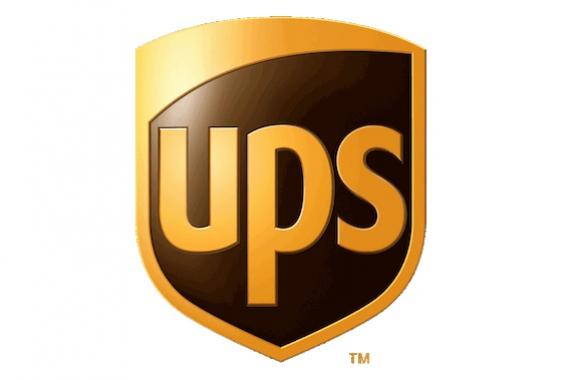Tornado Safety
Tornados seem to be affecting America a little more than usual lately, due to the heightened extreme weather conditions, and it is important to know how to keep you and your family safe.
Where to go during a tornado usually depends on where you’re located. The basements of houses usually are the safest, and if you have a basement (which unfortunately many people this day and age do not) make sure to supply it with emergency food and water. However, if your house doesn't have a basement, or if you’re in an apartment, go under a stairwell or into a hallway with no windows because the high winds could cause debris to crash into a window. If you simply cannot avoid windows, go to the very center of the room, where it would be the hardest for any flying debris or broken glass to reach you. It is very important to remember to cover your head and neck – injury in those areas could result in brain damage or paralysis. Stay away from corners of rooms because that is where most debris will pile up. You should get under a sturdy piece of furniture if there is one available, such as a strong table, desk, or work bench. Hide your head behind it, your whole body if you can, and hold onto the furniture to keep it from slipping away.
If you’re in a large office building or school, go away from glass and towards the center of the bottom floor. If you are at a school, the school administrators will have a disaster plan. It is in your best interest to follow this disaster plan and to stay with the group. An office building does not likely have a designated leader to conduct a disaster plan, so hide underneath a desk and stay away from the windows. If you know that the building has a basement, quickly go there.
If you’re in a mobile home, exit immediately – even if it’s tied down, it could still get blown away or torn apart by the high winds.
Cars can be very dangerous during tornados. If you are far away from the storm, drive the car so it is moving perpendicular to the tornado. If you are too close to drive away, park the car, secure your seat belt, and try to lean away from the windows.
If you’re outside during a tornado, your best bet is to get inside. If you can’t find any shelter, you should find a ditch or a low-lying area. Better yet is if you can find a ditch or low-lying area near a strong building. There may be some flooding during/after the tornado, however, so be on the lookout for any flash floods, because a low-lying area will be the first to fill with water.
Of course, the best way to stay safe during a tornado is to be prepared. You should have a disaster kit , survival food, both waiting for you in a designated, easy to reach area. You should have water, an emergency food supply, batteries and flashlights, a generator, a list of important phone numbers and addresses, a radio, and a file of all your important documents, including social security cards and birth certificates. If you have a family, you should train each person to know what to do in case of a tornado or storm. They should all be aware of where the emergency supplies are and they should know where to go or where to meet up with the rest of your family members. Make sure they all have their IDs and emergency contacts memorized.
















